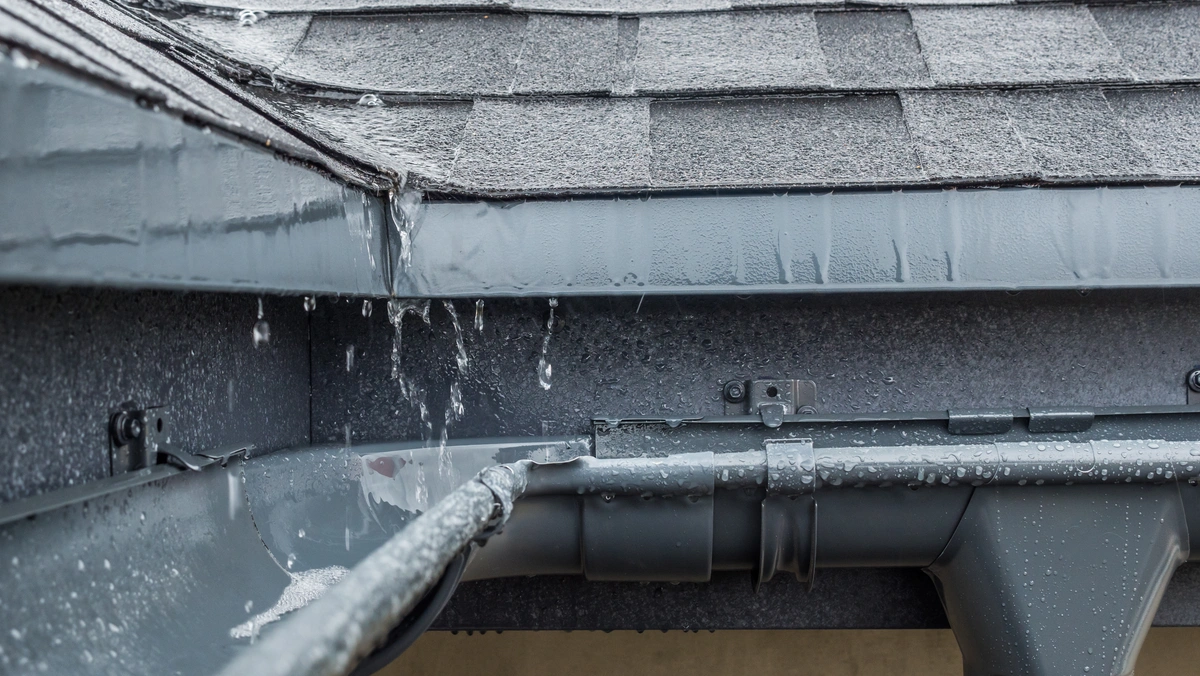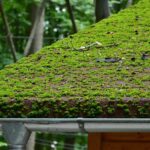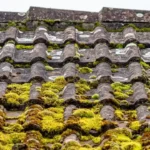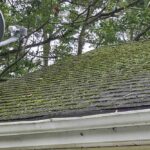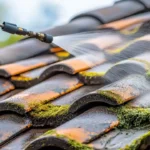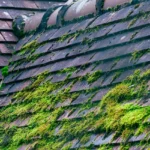For homeowners living in areas prone to heavy snowfalls, managing roof drainage is crucial in preventing structural damage and maintaining the integrity of your home. Implementing the right roof drainage tips for snowy climates can ensure that your property remains safe and secure throughout the winter months.

Understanding the Importance of Roof Drainage in Snowy Climates
Snow accumulation on roofs can lead to several issues such as ice dams, leaks, and even roof collapse. Effective roof drainage systems are essential in minimizing these risks. By understanding how snow impacts your roof, you can take proactive measures to protect your home.
How Snow Affects Your Roof
Snow adds significant weight to roofs and can cause water to pool, leading to leaks and potential structural damage. When snow melts, it can refreeze at the eaves, forming ice dams that prevent proper drainage. This can force water back under the shingles and into your home.
Risks of Poor Roof Drainage
Poor roof drainage in snowy climates can lead to serious problems such as water damage, mold growth, and compromised structural integrity. It is vital to maintain an efficient drainage system to avoid costly repairs.
Key Roof Drainage Tips for Snowy Climates
Regular Roof Inspections
Conduct regular inspections of your roof to identify any potential issues before they become serious problems. Look for signs of wear and tear, such as cracked or missing shingles, and ensure that your drainage system is functioning correctly.
Clearing Snow from the Roof
Regularly clearing snow from your roof can prevent excessive weight and reduce the risk of ice dams. Use a roof rake to gently remove snow without damaging the shingles.
Installing Heat Cables
Heat cables can be installed along the eaves and in gutters to prevent ice formation. These cables help to melt snow and ice, ensuring that water flows freely through the drainage system.
Maintaining Gutters and Downspouts
Ensure that gutters and downspouts are clean and free from debris to allow water to drain efficiently. Regular maintenance can prevent blockages that could lead to water damage.
Advanced Roof Drainage Solutions
Choosing the Right Roofing Material
Select roofing materials that are suitable for snowy climates, such as metal or asphalt shingles. These materials can withstand harsh weather conditions and provide better drainage.
Professional Roof Drainage Systems
Consider investing in a professional roof drainage system designed for snowy climates. These systems can include features such as heated gutters and advanced drainage channels to manage snowmelt effectively.
Insulating Your Attic
Proper attic insulation can prevent heat from escaping, reducing the risk of ice dams. Insulation also helps maintain a consistent roof temperature, preventing snow from melting and refreezing.
DIY Versus Professional Roof Maintenance
While some aspects of roof maintenance can be done by homeowners, others may require professional assistance. Understanding when to call in experts can save you time and prevent potential damage.
When to Call a Professional
If you notice significant roof damage or experience persistent drainage issues, it may be time to consult a professional. Experts can provide tailored solutions and ensure that your roof is equipped to handle snowy conditions.
Additional Resources
For more detailed information on maintaining your roof drainage system, visit Flat Roofs Cornwall and explore the various maintenance checklists and tips available.

FAQ Section
What are the most effective ways to prevent ice dams?
Preventing ice dams involves a combination of proper insulation, regular snow removal, and installing heat cables to keep water flowing.
How often should I inspect my roof during winter?
It is recommended to inspect your roof at least once a month during winter to identify any potential issues early on.
Is it necessary to hire a professional for roof maintenance?
While some tasks can be done by homeowners, hiring a professional for significant repairs or persistent problems is advisable to ensure the job is done correctly.
This article contains affiliate links. We may earn a commission at no extra cost to you.



